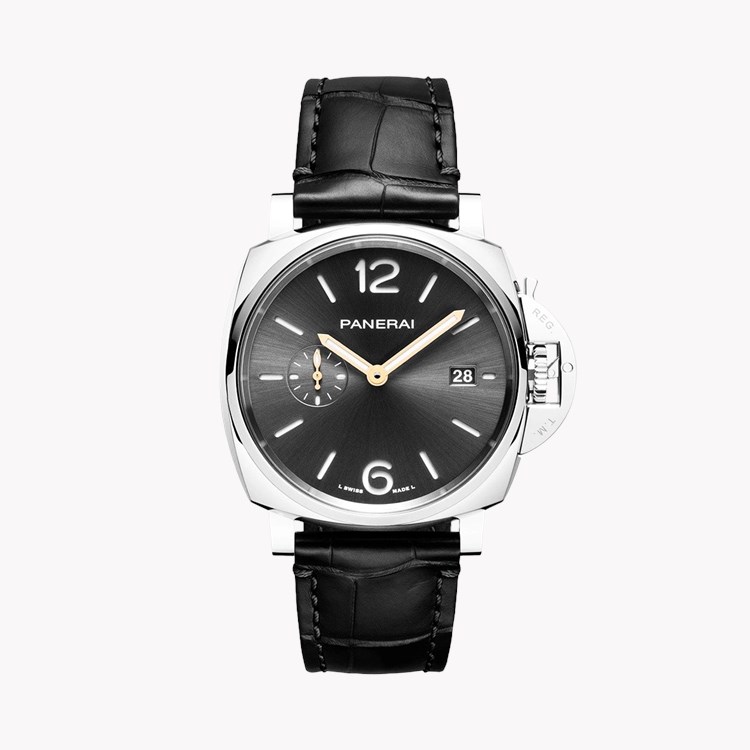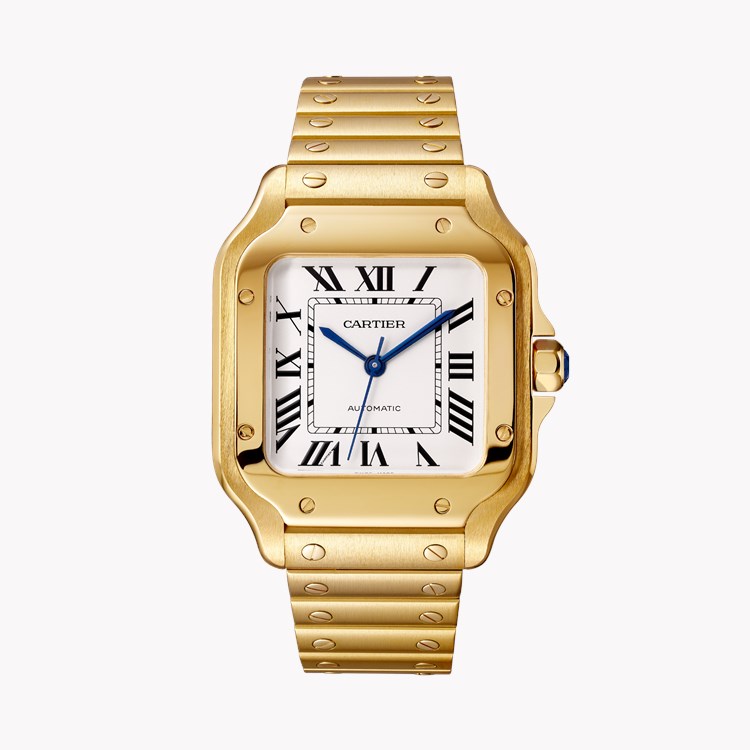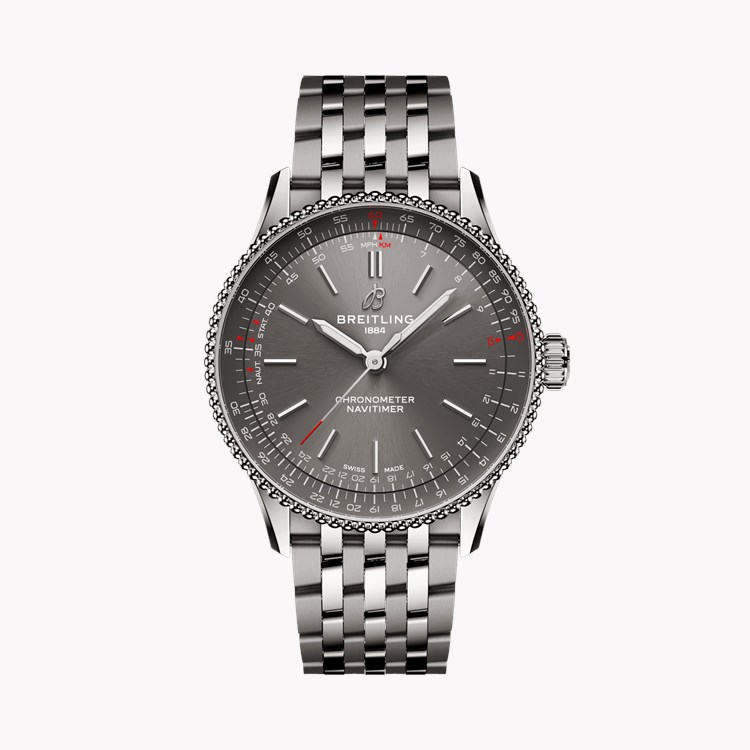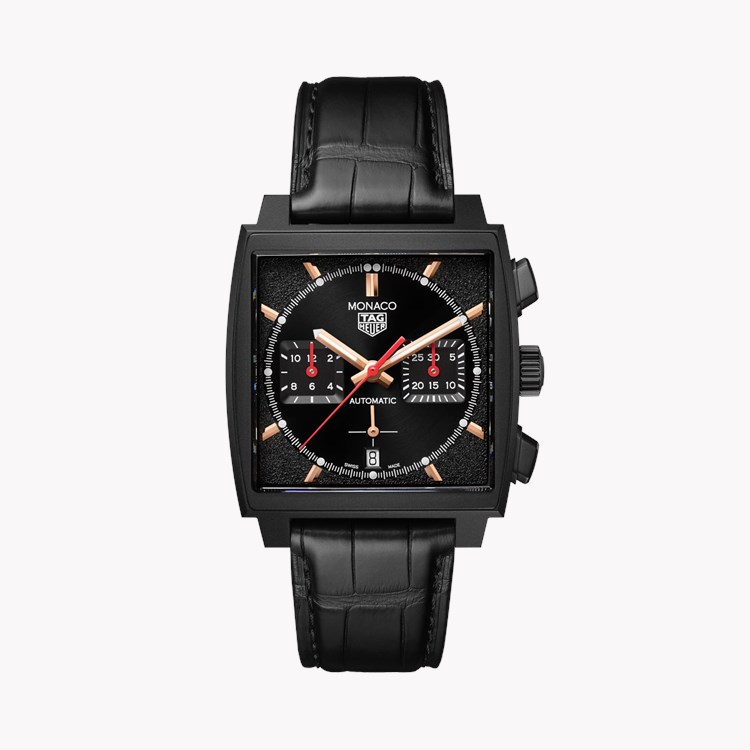What is an Automatic Watch?
Automatic watches are an emblem of luxury, craftsmanship, and innovation. For those who appreciate the fine art of horology, an automatic watch is a piece of history on the wrist, blending traditional mechanics with modern elegance.
Understanding how these timepieces work and their rich history can help you make an informed choice when investing in one. In this article, we'll explore the inner workings of automatic watches, their evolution, the advantages they offer over other types of watches, and how to select the right one for you.

An automatic watch is a type of self-winding timepiece that gathers energy from the wearer's natural wrist motion. It contains a rotor—a semi-circular piece of metal—that moves with the wrist, which in turn winds the mainspring. This mechanism allows the watch to continue running as long as it is worn regularly. However, if not worn for an extended period, it may need to be manually wound or reset. Automatic watches are renowned for their craftsmanship and intricate mechanics, often regarded as a fusion of art and engineering.
The History and Evolution of Automatic Watches

The Pioneers of Automatic Watchmaking
The journey of automatic watches begins with a rich history of innovation, dating back to the late 18th century. The first automatic watch was developed by Abraham-Louis Perrelet, a Swiss watchmaker, who created a mechanism that allowed the watch to wind itself. This invention sparked a revolution in watchmaking, as automatic watches slowly evolved from mechanical curiosities into the high-precision timepieces we know today.

Major Innovations in Automatic Watches
Over the years, several milestones have significantly shaped the development of the automatic watch. Notable breakthroughs include the creation of the self-winding mechanism, the introduction of precision engineering, and the integration of complications such as chronographs and perpetual calendars.
Companies like Rolex and Patek Philippe have played key roles in pushing the boundaries of what is possible, constantly innovating to improve accuracy, durability, and design. These advances have helped elevate the status of automatic watches, making them highly desirable among collectors and connoisseurs.
The Mechanics Behind Automatic Watches
.jpg)
How Do Automatic Watches Work?
At the heart of every automatic watch is its movement, a complex system of gears, springs, and a rotor that work together to keep the watch ticking.
The rotor is a small weight that moves with the motion of your wrist, winding the mainspring that powers the watch. As you move, the rotor spins, storing energy in the mainspring, which is then released gradually to power the watch.
This self-winding mechanism eliminates the need for batteries or manual winding, an essential feature for those who prefer mechanical precision.

Key Components in an Automatic Watch
Rotor: Spins with the movement of the wearer's wrist, transferring kinetic energy to the mainspring.
Escapement: Regulates the release of energy, ensuring consistent timekeeping.
Balance Wheel: Controls the watch’s oscillations to maintain accuracy.
Advantages of Owning an Automatic Watch
Luxury and Craftsmanship
Automatic watches are often viewed as a symbol of luxury, thanks to their intricate craftsmanship and the skill required to create them. Each timepiece is meticulously assembled by hand, with the watchmaker's expertise ensuring that every component works in harmony. Unlike mass-produced quartz watches, automatic watches offer a level of quality and attention to detail that appeals to those who appreciate fine craftsmanship.
Sustainability Benefits
Automatic watches are an environmentally conscious choice. They rely on kinetic energy rather than disposable batteries, reducing electronic waste. This sustainability aspect appeals to the environmentally aware consumer, who values the longevity of a timepiece over the convenience of a battery-powered alternative.
.jpg)
How to Choose the Right Automatic Watch
When choosing an automatic watch, it's worth considering a few key factors to ensure the piece suits your style, needs, and long-term investment goals:
Style: Select a design that suits your taste, whether classic, sporty, or featuring additional complications.
Brands: Consider respected names like Rolex and Patek Philippe, each offering distinct features and design philosophies.
Craftsmanship & heritage: Well-established brands bring exceptional quality and rich history, which adds to the value of a watch.
Personal needs: Decide whether you want a durable model for active use or one with refined complications for everyday elegance.
Lifestyle fit: A luxury watch is an investment, so it should reflect your lifestyle and long-term preferences.
Our Exclusive Collection of Automatic Watches
At Pragnell, we offer a distinguished range of automatic watches from the world's leading Maisons. These timepieces are powered by the motion of the wrist, blending mechanical innovation with exceptional craftsmanship. Our selection of automatic watch brands includes:
Rolex stands at the forefront of automatic watchmaking, with iconic collections such as the Oyster Perpetual, Datejust, and Submariner, celebrated for their precision, durability, and timeless design.
Patek Philippe showcases automatic models across its Calatrava, Nautilus, and Aquanaut collections, combining technical mastery with refined elegance, making them highly coveted among collectors.
Cartier adds a touch of Parisian sophistication to our automatic range, with designs like the Santos and Ballon Bleu offering both elegance and heritage.
Breitling is renowned for its precision engineering and strong ties to aviation. Our selection of Breitling's automatic timepieces includes models from the Chronomat, Navitimer and Superocean collections.
Frequently Asked Questions
Below are the answers to our most commonly asked questions. Should you want to find out more please feel free to Contact Us and begin your Pragnell experience.
Watch CLP Page
Contact us






